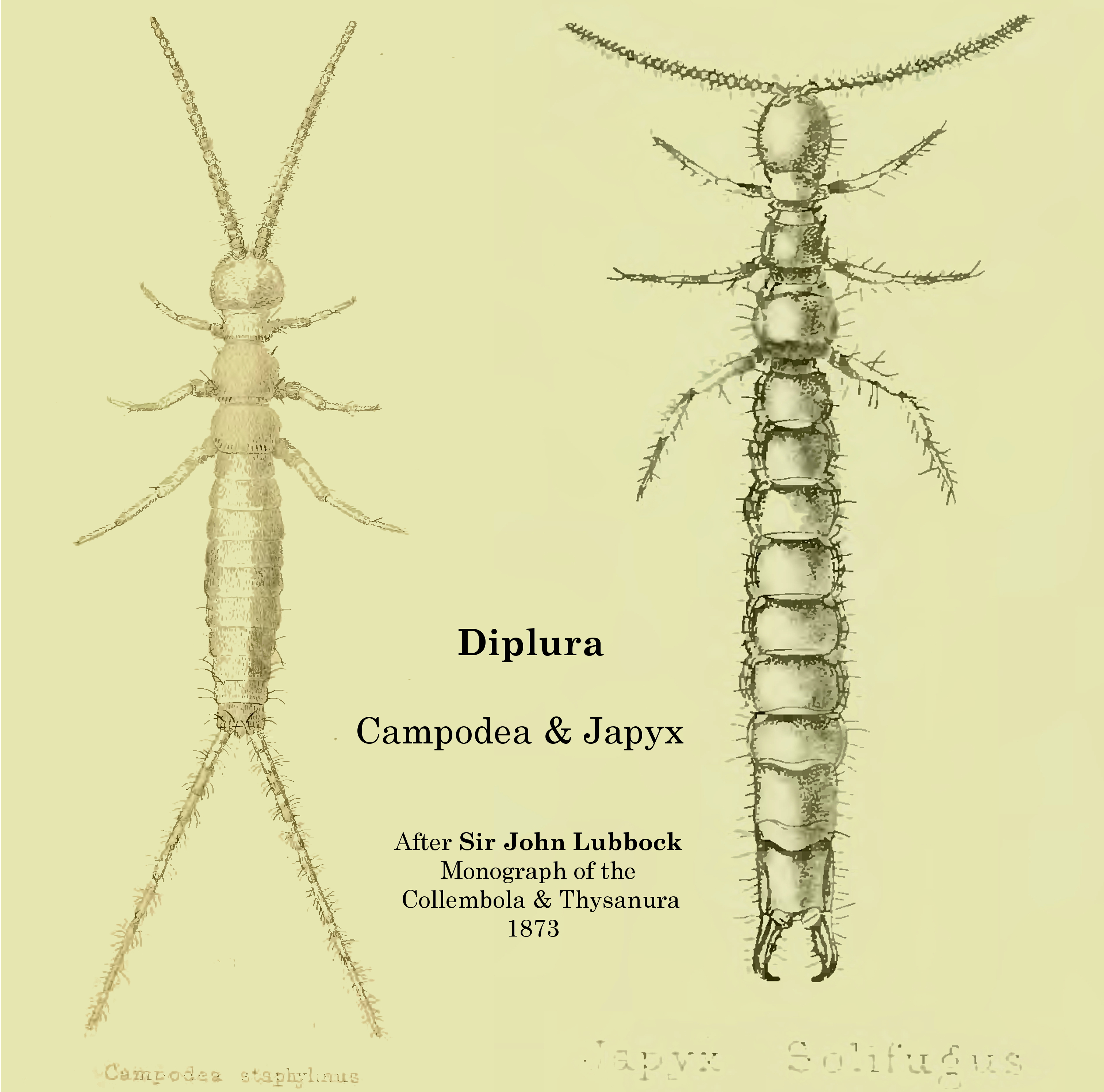|
Dinjapygidae
The Dinjapygidae family of diplurans contains one genus, with six recognized species:Sendra, Alberto, edDinjapygidae Species Listing Biology Catalog. Texas A&M University, 2007. Retrieved on July 27, 2010. * Genus ''Dinjapyx'' Silvestri, 1930 ** ''Dinjapyx barbatus'' Silvestri, 1930 ** ''Dinjapyx manni'' Silvestri, 1948 ** ''Dinjapyx marcusi'' Silvestri, 1948 ** ''Dinjapyx michelbacheri'' (Smith, 1959) ** '' Dinjapyx rossi'' (Smith, 1959) ** ''Dinjapyx weyrauchi'' González, 1964 References Diplura Arthropod families {{Diplura-stub ... [...More Info...] [...Related Items...] OR: [Wikipedia] [Google] [Baidu] |
Dinjapyx Rossi
''Dinjapyx rossi'' is a species of two-pronged bristletail in the family Dinjapygidae The Dinjapygidae family of diplurans contains one genus, with six recognized species:Sendra, Alberto, edDinjapygidae Species Listing Biology Catalog. Texas A&M University, 2007. Retrieved on July 27, 2010. * Genus ''Dinjapyx'' Silvestri, 1930 ** .... References Diplura Articles created by Qbugbot Animals described in 1959 {{diplura-stub ... [...More Info...] [...Related Items...] OR: [Wikipedia] [Google] [Baidu] |
Diplura
The order Diplura ("two-pronged bristletails") is one of three orders of non-insect hexapods within the class Entognatha (alongside Collembola (springtails) and Protura). The name "diplura", or "two tails", refers to the characteristic pair of caudal appendages or filaments at the terminal end of the body. Around 800 species of diplurans have been described. Anatomy Diplurans are typically long, with most falling between . However, some species of '' Japyx'' may reach . They have no eyes and, apart from the darkened cerci in some species, they are unpigmented. Diplurans have long antennae with 10 or more bead-like segments projecting forward from the head. The abdomens of diplurans bear eversible vesicles, which seem to absorb moisture from the environment and help with the animal's water balance. The body segments themselves may display several types of setae, or scales and setae. Diplurans possess a characteristic pair of cerci projecting backwards from the last of ... [...More Info...] [...Related Items...] OR: [Wikipedia] [Google] [Baidu] |
Filippo Silvestri
Filippo Silvestri (22 June 1873 – 10 June 1949) was an Italian entomologist. He specialised in world Protura, Thysanura, Diplura and Isoptera, but also worked on Hymenoptera, Myriapoda and Italian Diptera. He is also noted for describing and naming the previously unknown order Zoraptera. In 1938 he was nominated to the Pontifical Academy of Sciences, the scientific academy of the Vatican. Silvestri was born in Bevagna. A keen young naturalist, he became assistant to Giovanni Battista Grassi (1854–1925), Director of the Institute of Anatomical Research of the University of Rome. In 1904, Silvestri became Director of the Institute of Entomology and Zoology at the agricultural college in Portici (the Laboratorio di Zoologia Generale e Agraria, now Faculty of Agriculture), a position he held for 45 years. He discovered polyembryony in the 1930s while working on ''Litomatix truncatellus'' Hymenoptera. His collection is in the Museo Civico di Storia Naturale di Genova. Dup ... [...More Info...] [...Related Items...] OR: [Wikipedia] [Google] [Baidu] |
